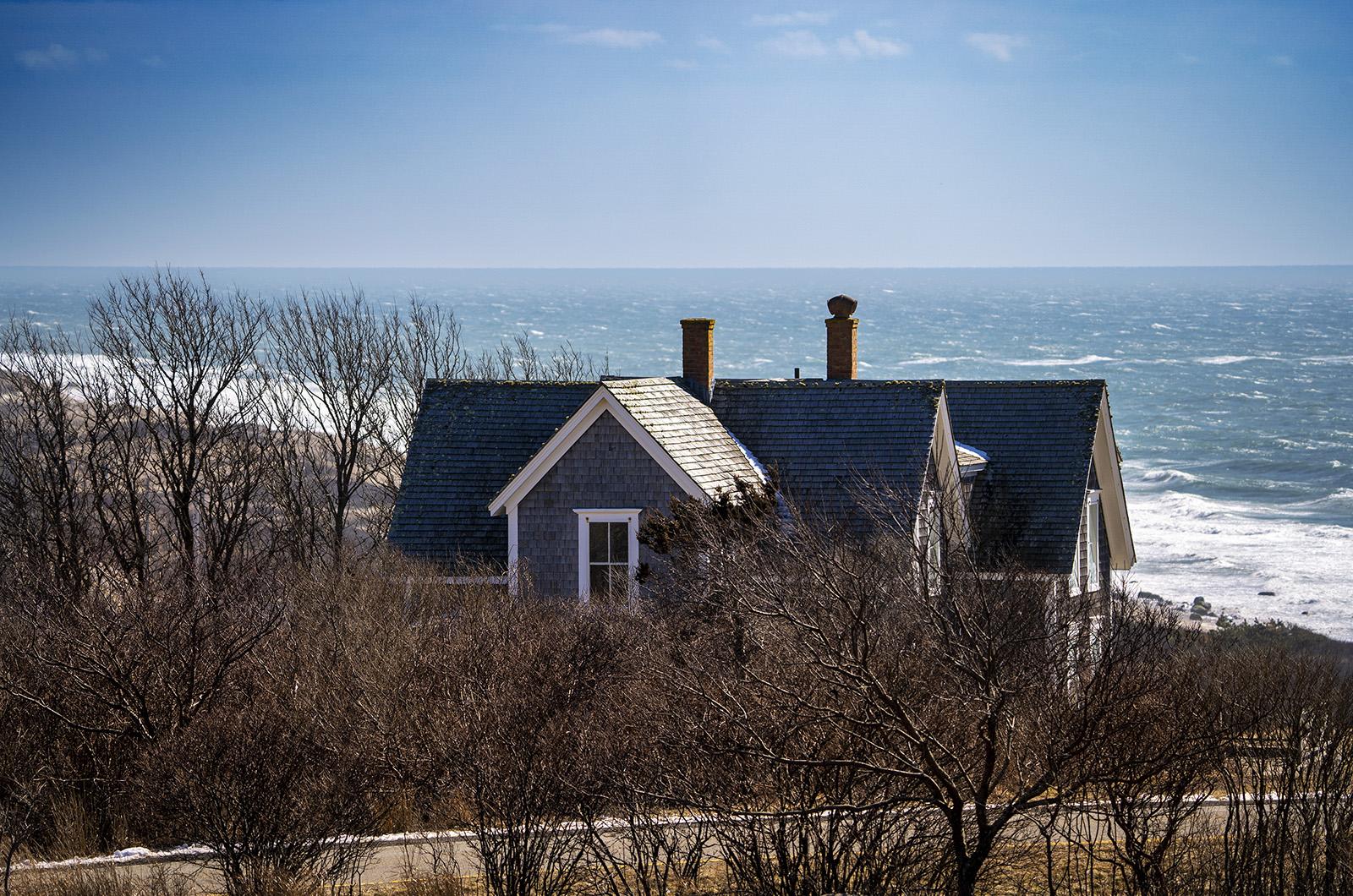Early this year, Harvard University’s Peabody Museum announced that it had completed the legal process to repatriate hundreds of human remains and cultural objects back to the Wampanoag communities of Mashpee and Gay Head (Aquinnah). But more than a month later, many of these remains and artifacts still sit on shelves.
The remains, which include human remains taken from Wasque Point and an unidentified Native American burial place on Martha’s Vineyard, have a long road ahead of them as the tribes begin the daunting process of ensuring that they receive proper burial rites on ancestral tribal land.
“I think most of us have been to a funeral,” said Bettina Washington, who oversees repatriation for the Aquinnah tribe. Ms. Washington is the tribe’s historic preservation officer but considers her repatriation work to be distinct from her official title.
“For us, it’s going through that for our ancestors,” she said. “It’s not just inanimate objects.”
For nearly two decades, the tribe of Aquinnah as a part of the Wampanoag Confederation has worked to repatriate human remains and funerary objects sitting in museum inventories. The process, which can be long, bureaucratic, and emotionally fraught, originated with the Native American Graves Protection and Repatriation Act (NAGPRA) in 1990, but had stalled over several decades.
In 2021, the Peabody Museum, which holds one of the largest collections of indigenous cultural objects and human remains in the country, reasserted its commitment to repatriation in response to a critical letter from the Association on American Indian Affairs. At the time, the museum reported having over 6,000 native American remains in its inventory.
“This has been awhile in existence, and we’re still working on it,” Ms. Washington said. “It’s upsetting and sad that the numbers are still this high.”
The Peabody is just one of the museums the tribe has worked with on repatriation, Ms. Washington explained, part of what she considers to be a new wave of awareness around repatriation efforts.
“What happens a lot is you have inventories . . . rearranged and moved to a new area, and then volunteers find artifacts and remains that they’ve missed,” Ms. Washington said. “It’s a continual process that never should have existed in the first place.”
When museums work with tribes to examine their inventory, it includes determining what is known as cultural affiliation. In the past, some museums have used their own stringent definitions of cultural affiliation to resist returning remains and artifacts. But in 2010, the federal Department of the Interior expanded the ability of tribes to claim remains and objects — regardless of whether an institution determined a relationship to a present-day tribe.
Because NAGPRA is a federal act, only federally-recognized tribes have the ability to claim remains or items directly. The Aquinnah tribe earned federal recognition in the 1980s.
At times, the Wampanoag Confederation has worked with non-federally recognized tribes such as the Abenaki and Nipmuc to establish receivership or open up their burial ceremonies to native peoples at large.
“It makes things harder than they have to be,” Ms. Washington said, speaking about the federal process.
When tribes do apply for receivership, Ms. Washington said it can be logistically and emotionally taxing, not to mention a potential financial burden since tribes must travel in person to receive any remains or items.
“You want to get it done as quickly as possible, so your ancestors aren’t sitting on the shelves anymore,” Ms. Washington said. “So they can come home, or if it’s an item, get their belongings back.”
Over time, identifying paperwork and information can get lost in institutional shuffles, Ms. Washington said, making it even more difficult for tribes to lay claim. Remains and objects that are considered “culturally unidentifiable” become subject to an open call to native tribes.
In the future Ms. Washington said she hopes that the federal government and institutions can streamline protocols, reducing the burden on tribes.
“There shouldn’t be a reason for this,” she said. “There must be a mechanism . . . to give them the respect of putting down where they came from.”
As Ms. Washington begins the receivership process for the tribe of Aquinnah, she reflected on the significant task at hand, to restore dignity to ancestors who were desecrated. It’s a big responsibility, she said, and one she does not take lightly.
First she plans to look for burial locations. She’ll then go through the tribe’s own burial protocols, returning any remains or objects to their rightful interment.
Her biggest priority, she said, is finding a place where the remains will not be bothered again.
“It’s a sacred duty,” Ms. Washington said. “We’re bringing our ancestors home.”







Comments (1)
Comments
Comment policy »